Having a cat as part of your family can bring immense joy and companionship. These independent yet affectionate animals have their own ways of expressing themselves, and being attuned to their subtle cues is essential in ensuring their well-being. Spotting early signs of illness in your cat can make all the difference in providing timely treatment and care. In this article, we’ll explore various indicators that may suggest your feline friend is unwell, equipping you with the knowledge you need to safeguard their health.
Changes in Appetite
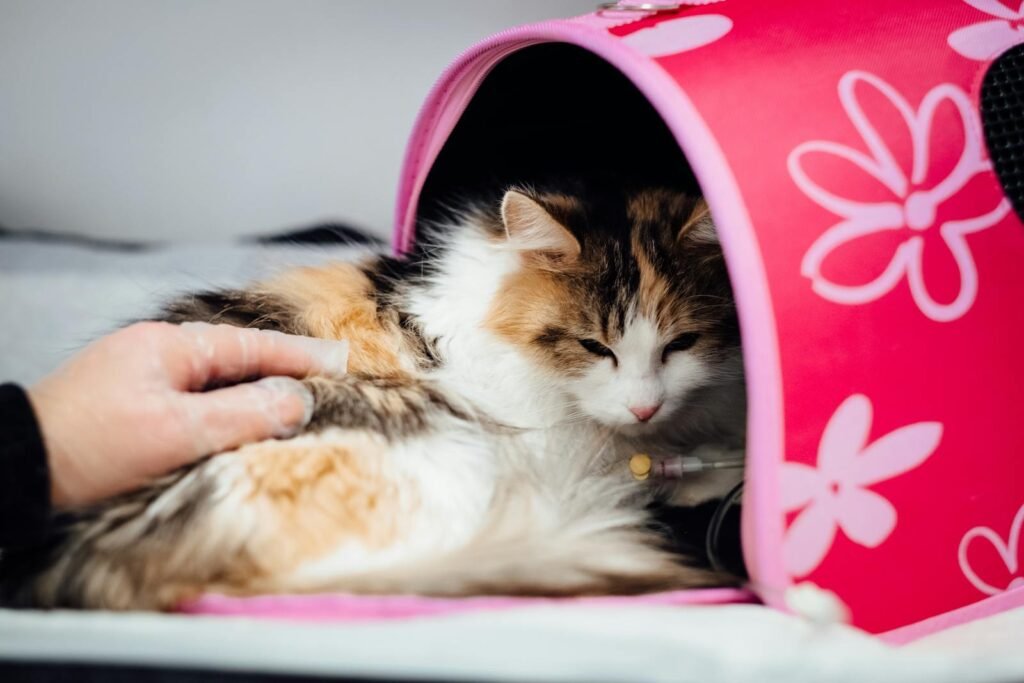
One of the earliest signs of illness in a cat is a noticeable change in appetite. If your cat is suddenly eating significantly more or less than usual, it may be experiencing health issues. A decrease in appetite can be a symptom of conditions such as dental problems, gastrointestinal issues, or even kidney disease, while an increase might indicate diabetes or hyperthyroidism. Keep track of your cat’s eating habits and consult a veterinarian if you observe unusual patterns.
Weight Fluctuations
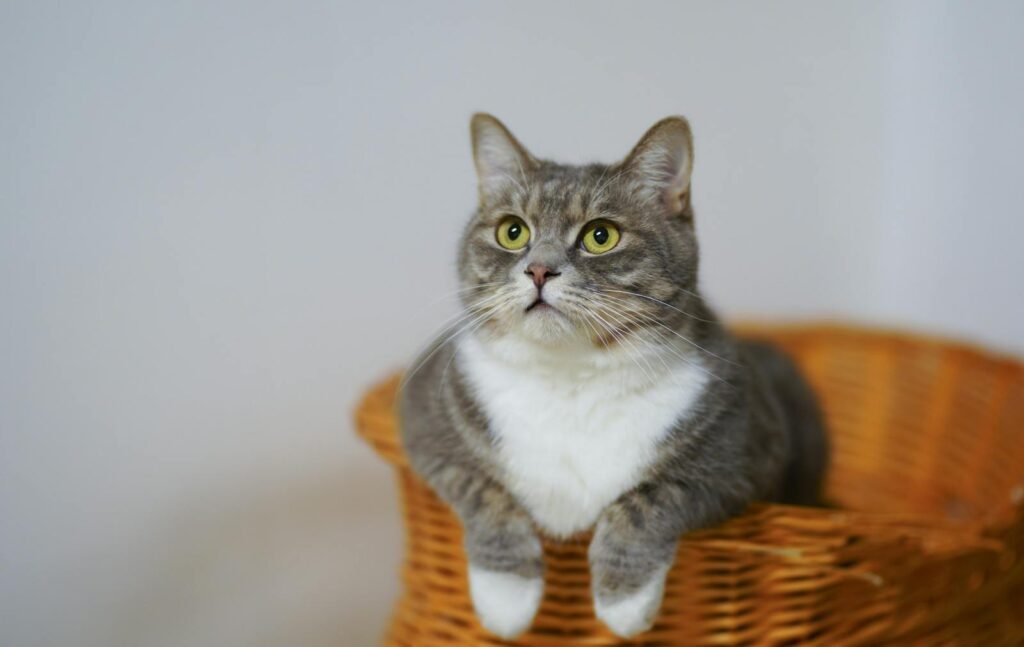
Unexpected changes in weight, whether gain or loss, can be another early warning sign of illness. Weight loss might be related to inadequate nutrition, parasites, or metabolic disorders. Conversely, sudden weight gain may suggest fluid retention, often linked to heart or liver diseases. Regularly weighing your cat provides a baseline to identify these changes early on.
Lethargy or Increased Sleep

While cats are naturally nocturnal and spend much of their life sleeping, excessive lethargy or any significant increase in sleep can be an indicator of illness. If your typically active cat starts showing a lack of energy or avoids activities it once enjoyed, it might be experiencing health issues like infections or anemia.
Behavioral Changes
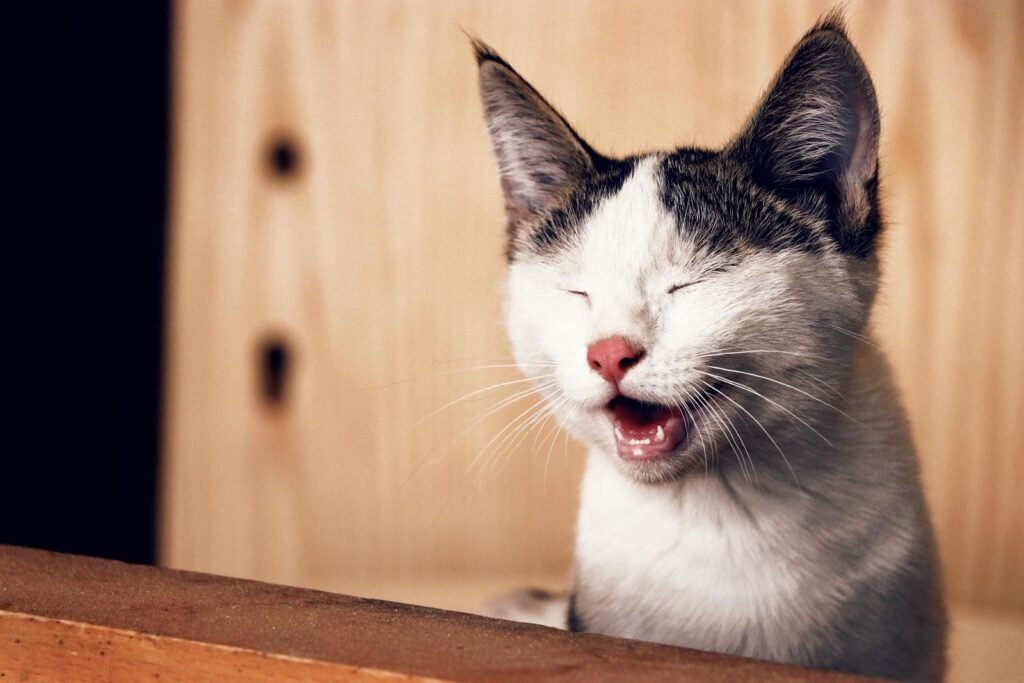
Behavioral changes can serve as significant clues to your cat’s health. If a sociable cat becomes withdrawn or aggressive without a clear trigger, there might be underlying health issues. Anxiety, pain, neurological disorders, or other medical conditions can manifest as changes in demeanor or routine.
Changes in Grooming Habits

Cats are known for their fastidious grooming habits. However, a sick cat might groom less, leading to a dirty or matted coat, or it might over-groom, which can result in bald patches or irritation. These changes can be indicative of stress, skin conditions, or allergies, warranting professional evaluation.
Respiratory Distress
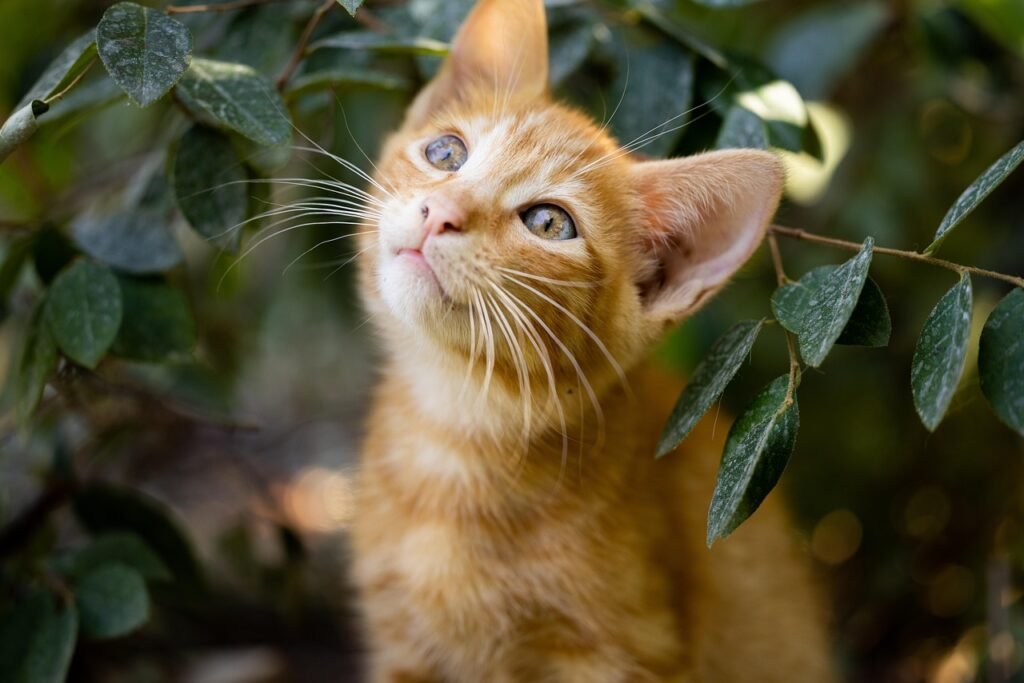
Any difficulty in breathing, wheezing, coughing, or nasal discharge should raise concerns about respiratory health. Respiratory distress could indicate infections, allergies, or more severe issues like heart disease or feline asthma, necessitating veterinary attention.
Unusual Vocalization
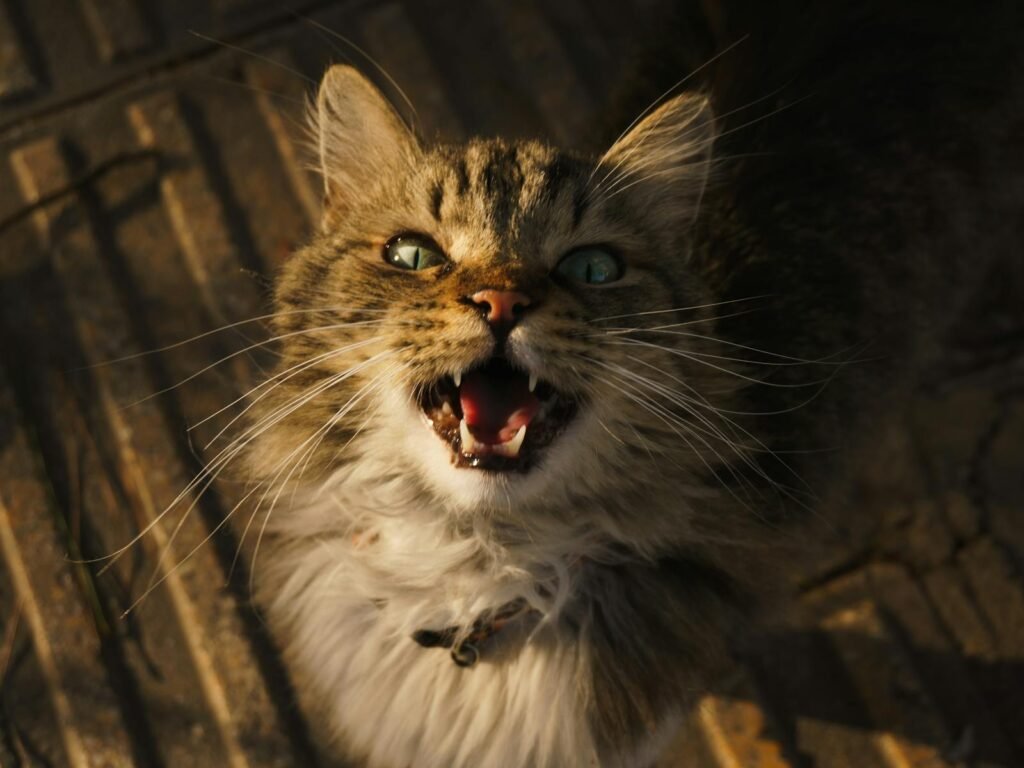
Cats are communicative creatures that use vocalization to express needs and discomforts. An uptick in vocalization, especially if it’s persistent and atypical for your cat, might be a sign of pain or distress. Consult your vet if your feline starts meowing excessively or in a new, unusual tone.
Digestive Distress
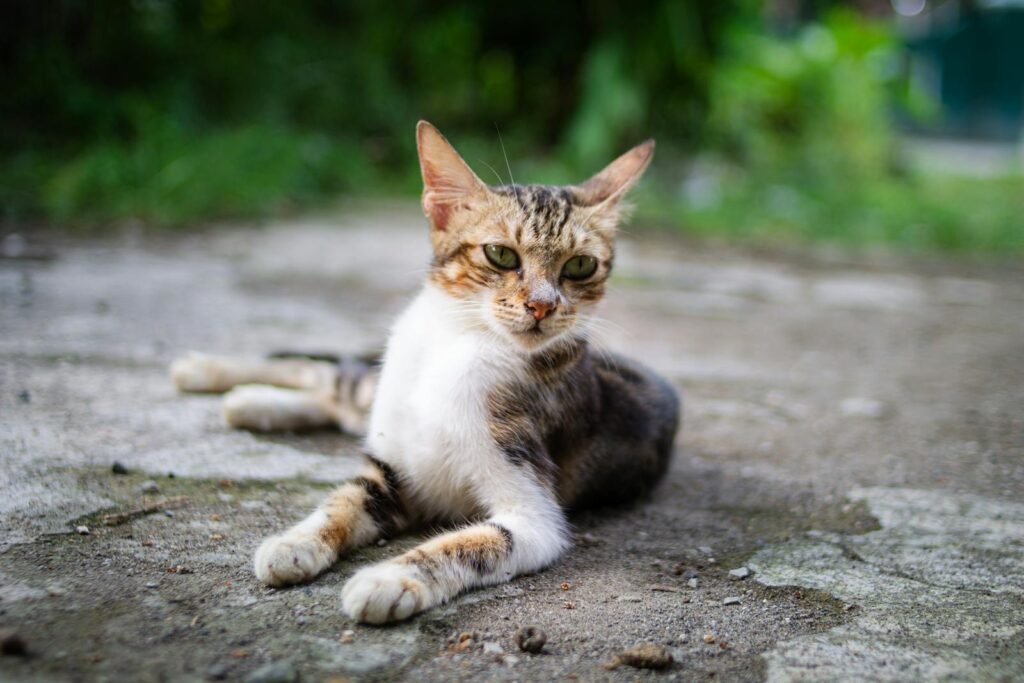
Repeated vomiting, diarrhea, or changes in litter box habits require immediate attention. These signs can arise from dietary indiscretion, intolerances, or more serious concerns such as pancreatitis or inflammatory bowel disease.
Increased Thirst and Urination
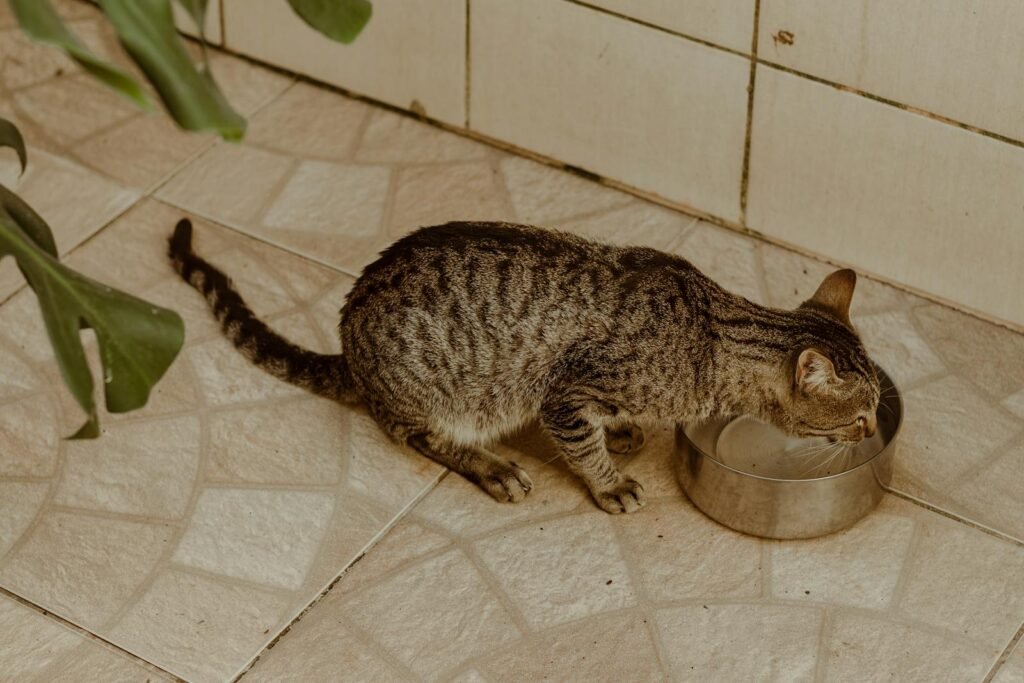
An uptick in water consumption or urination could be indicative of diabetes, kidney disease, or hyperthyroidism. Keep a close eye on your cat’s water intake and litter box use, and seek vet advice if you notice significant increases.
Difficulty Moving or Lameness
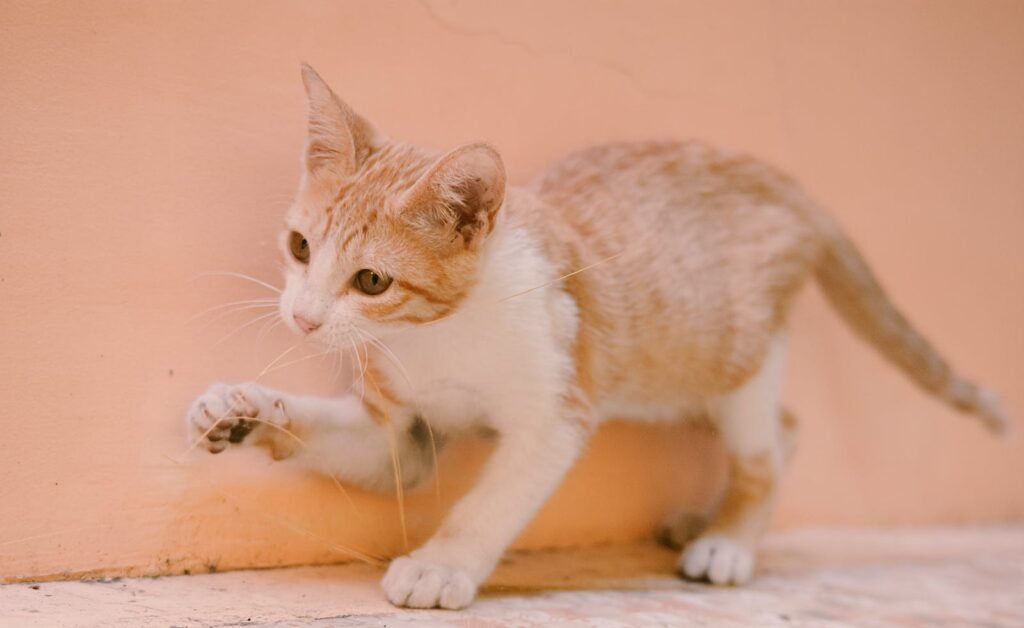
Observe for any signs of limping, stiffness, or reluctance to jump or climb as these may suggest arthritis, injuries, or even neurological conditions affecting your cat’s mobility.
Swelling or Bumps
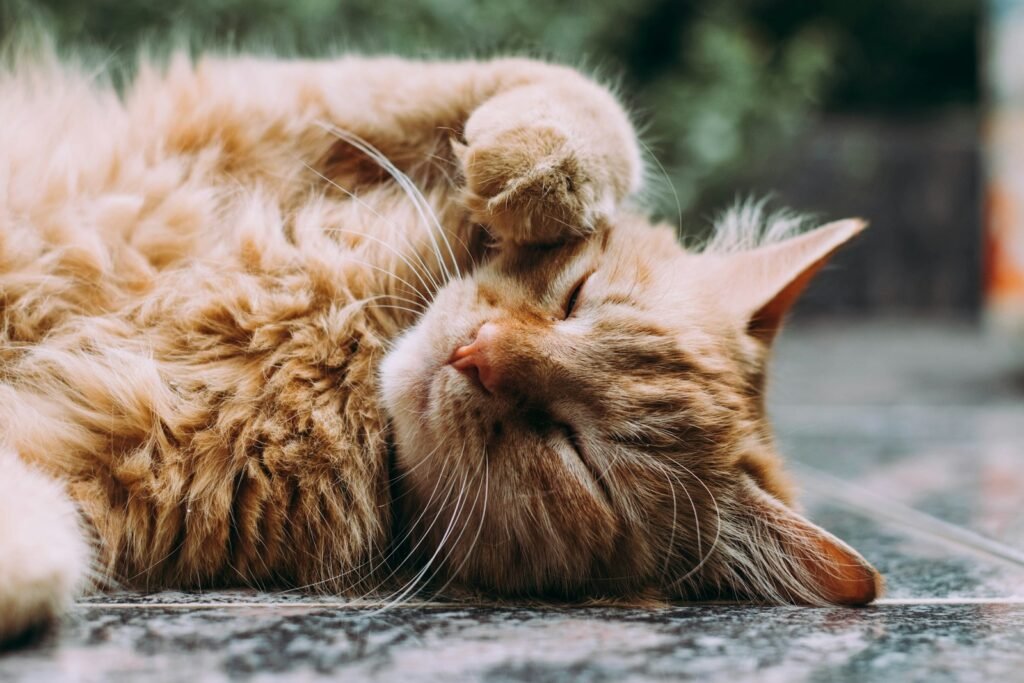
Regularly check your cat’s body for any lumps, bumps, or swelling that could be symptoms of infections, abscesses, or tumors. Early detection allows for prompt treatment and better outcomes.
Discharge from Eyes or Nose

Persistent eye or nasal discharge is a common symptom of upper respiratory infections or allergies in cats. Such conditions are uncomfortable for your pet and might escalate without treatment.
Pawing at the Mouth or Drooling
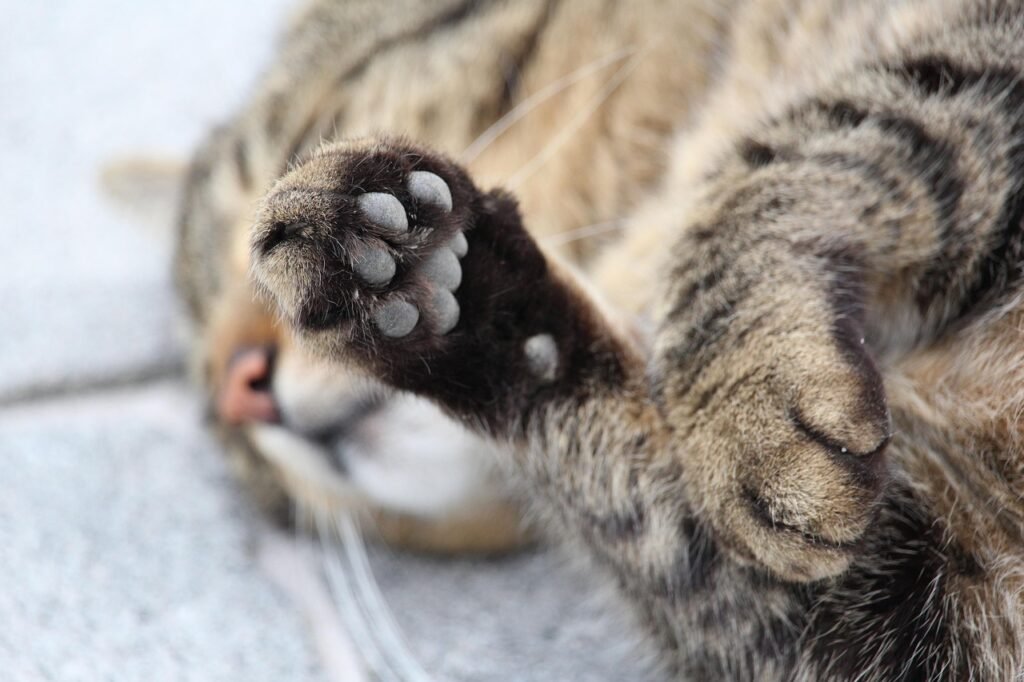
Dental issues, oral infections, or foreign objects lodged in the mouth can cause discomfort, leading your cat to paw at its mouth or drool excessively. These symptoms necessitate a veterinary checkup for possible dental diseases.
Fever
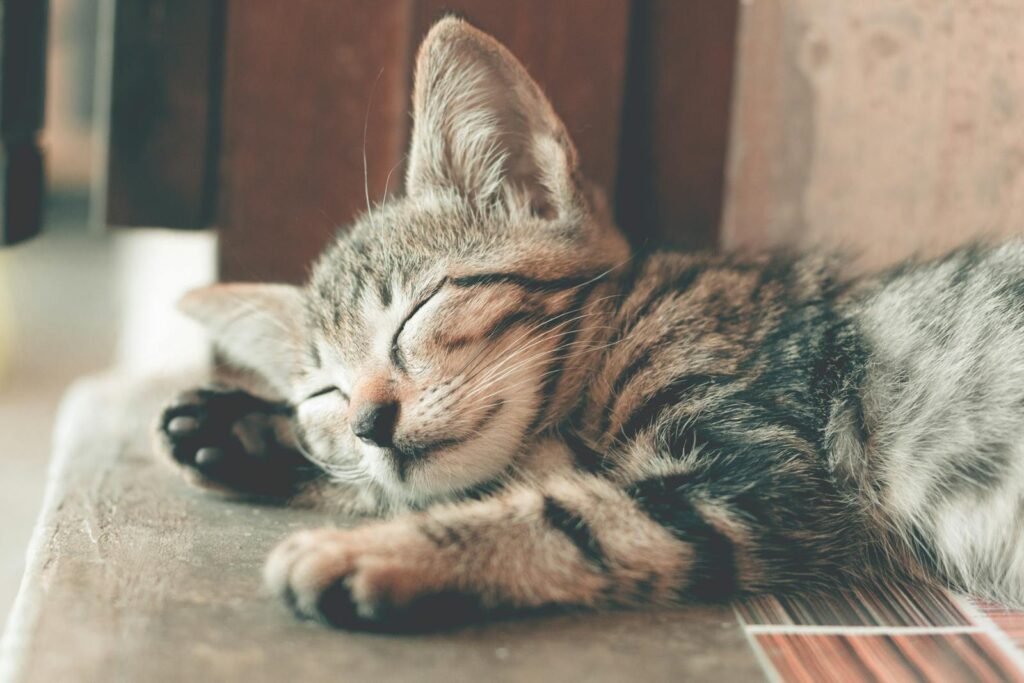
An elevated body temperature is a clear sign that your cat’s immune system is fighting an infection or inflammation. Often, fever will be accompanied by other signs like lethargy or loss of appetite. Only a vet can accurately diagnose and treat the cause.
Increased Scratching
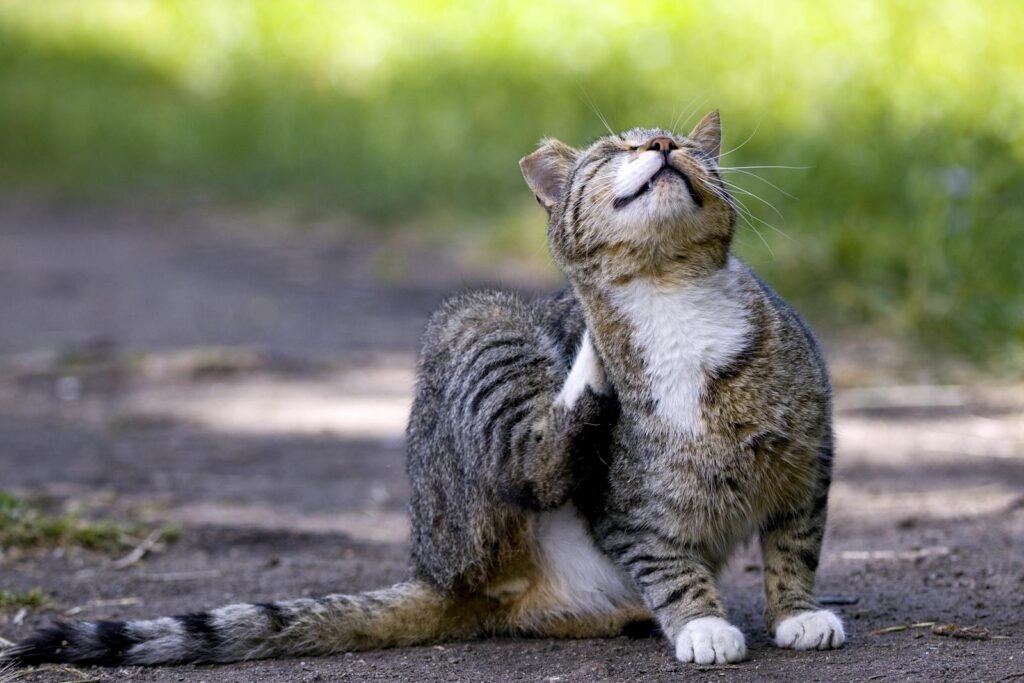
Frequent scratching, biting, or licking can signify parasites like fleas or mites, or it might indicate allergies. Prompt treatment is crucial to prevent skin deterioration and discomfort.
Vocal Distress or Changes
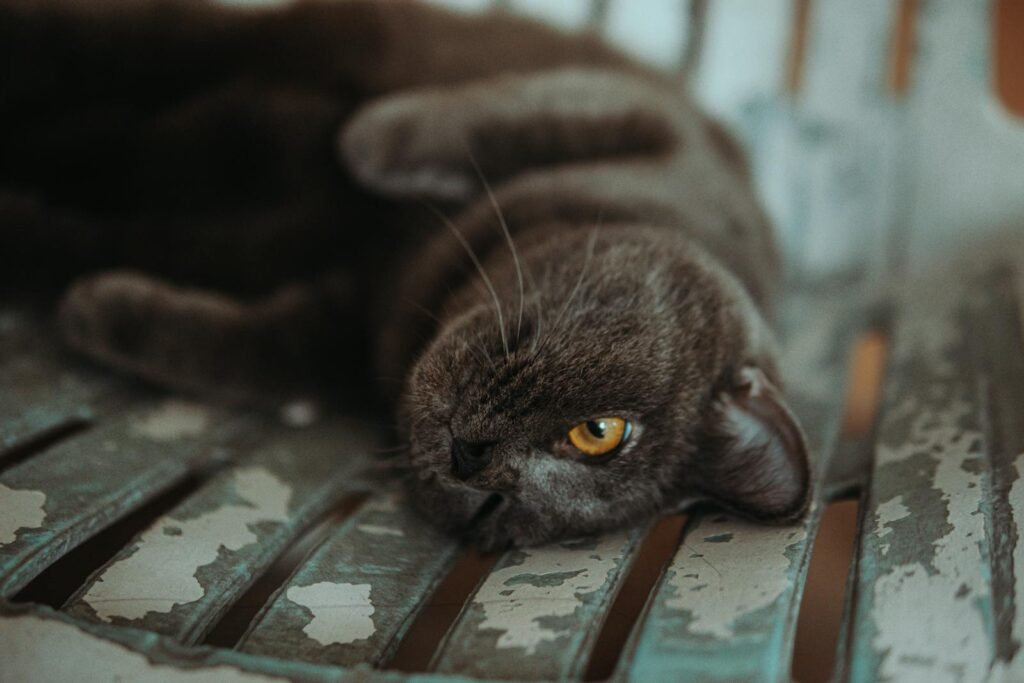
If your cat starts to yowl or make distressing sounds, it might be in pain or feel disoriented due to medical issues. Changes in vocalizations often accompany other symptoms, providing vital information to your vet.
Unusual Stool or Urine
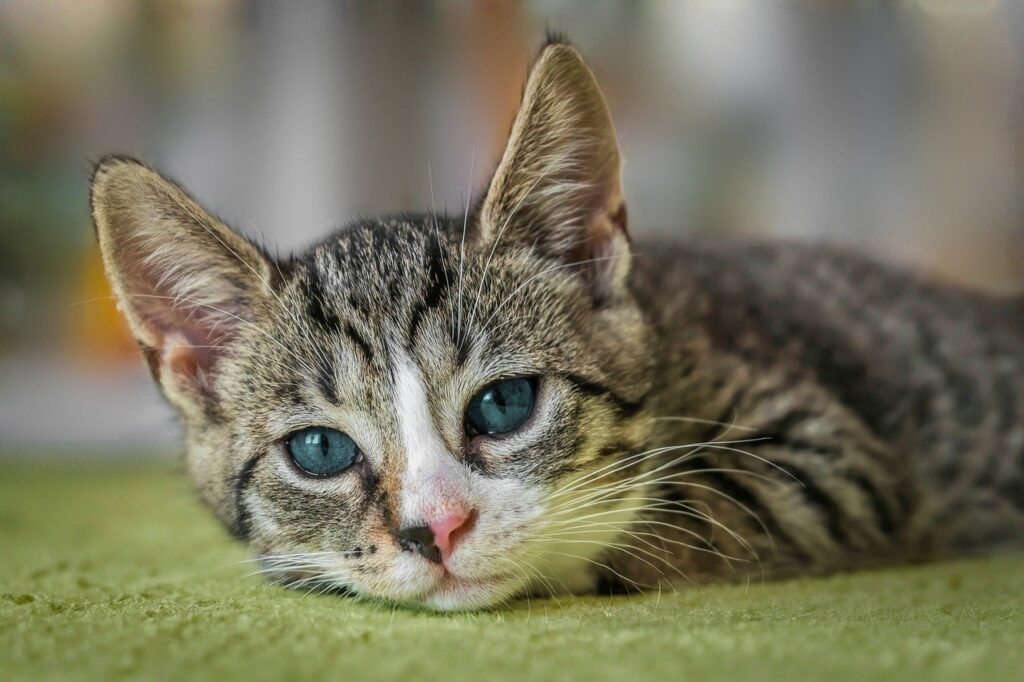
Any noticeable changes in stool color, consistency, or urine odor can imply dietary, digestive, or urinary problems. These changes warrant a veterinarian’s attention, especially if persistent.
Unusual Eye Appearance
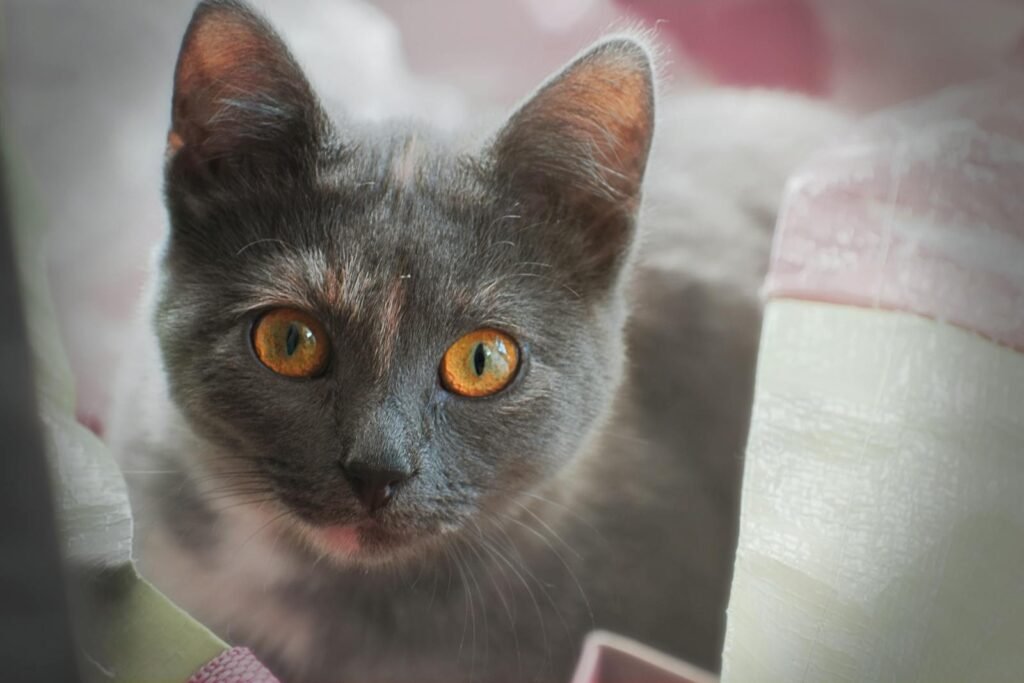
Eyes can reveal much about a cat’s health. Redness, cloudiness, or changes in the pupil could indicate infections, injuries, or systemic issues like hypertension, requiring prompt medical evaluation.
Sudden Hiding Behavior
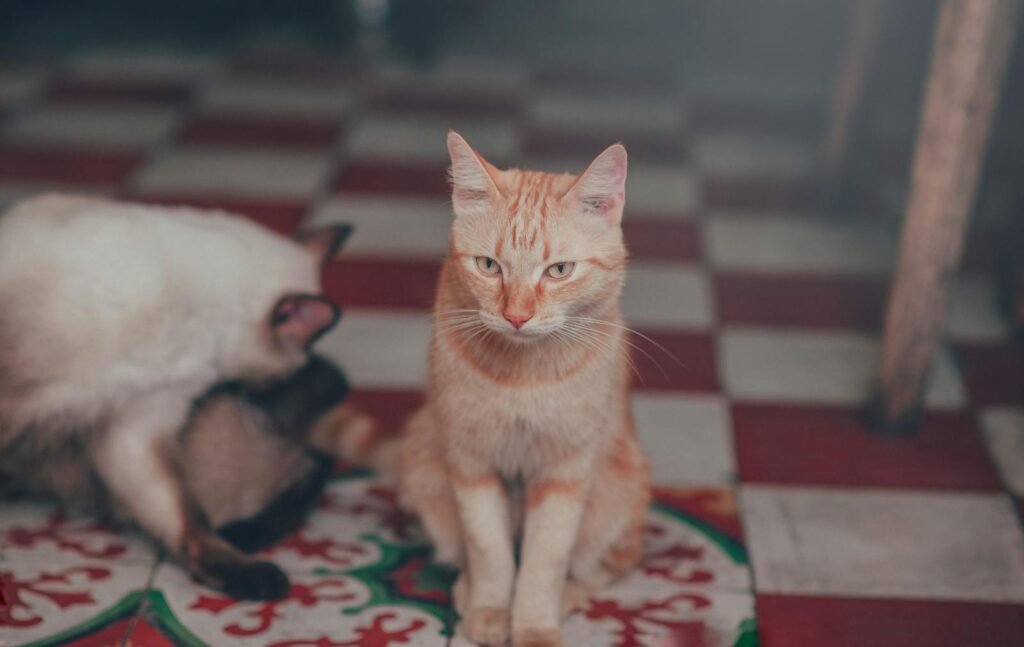
Cats often hide when they’re in pain or unwell, seeking solitude for safety. If your cat, who is typically an active participant in family life, suddenly starts hiding, it might be time to consult with a vet.
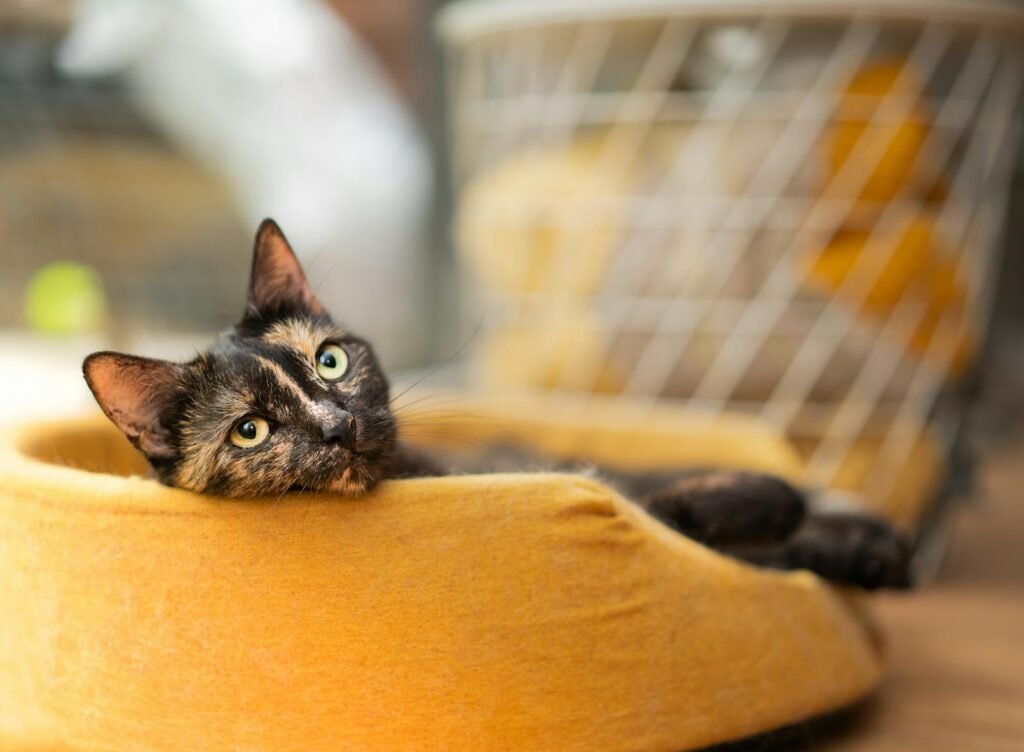
Awareness and quick response to the early signs of illness in your cat can greatly impact your furry friend’s health and happiness. Regular veterinary checkups and a keen eye on behavioral and physical changes are key to ensuring your cat leads a long, healthy life. By maintaining vigilance and acting promptly at the first signs of illness, you show your care and commitment to your beloved pet’s well-being.

Suhail Ahmed is a passionate digital professional and nature enthusiast with over 8 years of experience in content strategy, SEO, web development, and digital operations. Alongside his freelance journey, Suhail actively contributes to nature and wildlife platforms like Feline Fam, where he channels his curiosity for the Feline into engaging, educational storytelling.
With a strong background in managing digital ecosystems — from ecommerce stores and WordPress websites to social media and automation — Suhail merges technical precision with creative insight. His content reflects a rare balance: SEO-friendly yet deeply human, data-informed yet emotionally resonant.
Driven by a love for discovery and storytelling, Suhail believes in using digital platforms to amplify causes that matter — especially those protecting Earth’s biodiversity and inspiring sustainable living. Whether he’s managing online projects or crafting wildlife content, his goal remains the same: to inform, inspire, and leave a positive digital footprint.






